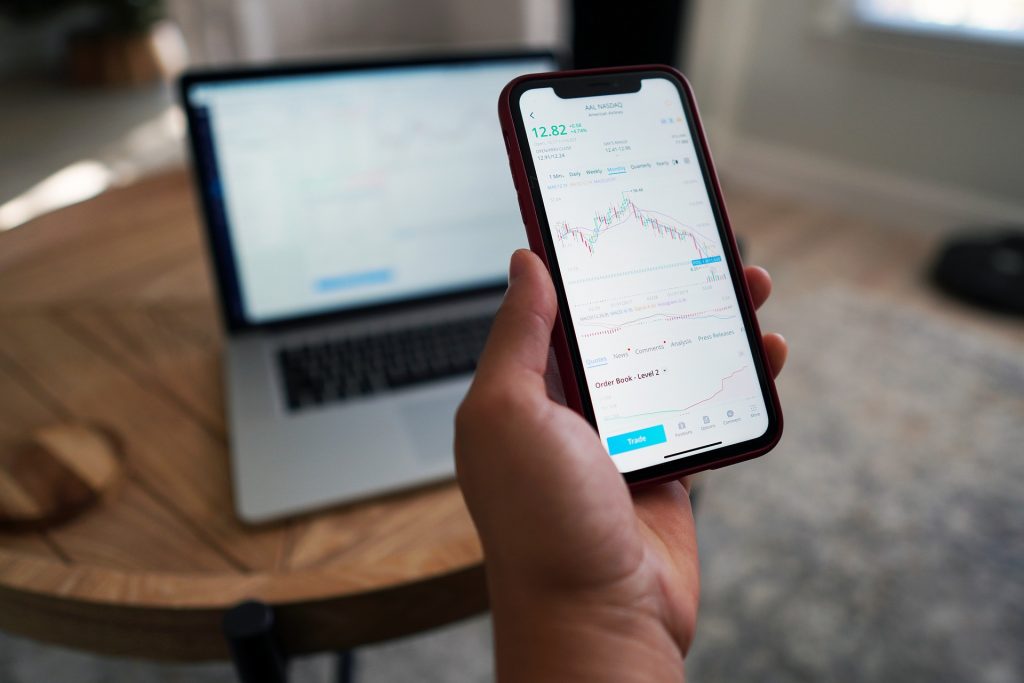Many investors invest in ETFs or exchange-traded funds. This is a type of investment that holds a basket of securities as opposed to one individual security. Despite this, ETFs trade just like stocks on exchanges. This means they have higher liquidity than mutual funds, where investors have to redeem their shares at the end of each trading day for cash or other investments.
But What is the Reason Behind ETF Liquidity?
The term ‘liquidity’ is generally used concerning financial instruments and denotes how easily an asset can be converted into cash with minimal loss of value. To ensure liquidity among all sorts of investments, from currencies to bonds and equities, institutions such as central banks provide valuable guidance regarding interest rates and credit availability.
An ETF’s liquidity depends on the availability of its underlying securities, which are usually an index. The greater the number of market participants and volume in these indices, the more easily investors will find an ETF to buy or sell on exchanges. If there’s little volume for a particular security, then it cannot be used as part of an index because it means that there are not enough buyers and sellers present at any given time. This makes trading difficult since order size will likely be more significant than average. Since institutional traders generally target indexes, less transparency regarding trading activities increases volatility due to increased uncertainty about what transactions prominent players might make in this environment.
Why is Liquidity Important?
When investors want to sell their holdings in an ETF, they must find another investor willing to purchase the assets at market price. This means that there’s no guarantee that sellers will be able to exit at prices close to original values acquired with a minor loss of value. If this trading is done over exchanges, then any divergence in supply and demand for shares can result in losses for all parties involved. The only way a seller can recoup some of these losses is if they purchase back into ETF shares at a lower price. The less liquid security is, the greater these potential losses are since a buyer may not be readily available when needed, pushing prices down.
The bottom line is that higher liquidity in an ETF means lower trade costs when exiting positions, with the less liquid counterpart being more entry/exit fees in general to ensure maintenance of adequate holdings in each security within the fund. It is common for financial managers to use ETFs to invest in markets or even sectors at a low cost. However, many investors can be put off by high transaction costs due to a lack of liquidity.
Since most institutional traders will only make trades if they are guaranteed profit, this may not be a viable strategy for all investors looking to profit from ETF trading. Overall, it makes sense to determine whether your investment objectives align with higher levels of risk before deciding on which assets are the most appropriate.
How Can TradersCheck Liquidity?
If you are trading ETFs, then it is recommended that you check the volume of both buy and sell orders for each asset you’re interested in. This will explain how liquid a security is since more volume means less price volatility within transactions given any particular order size. Checking the average daily turnover rate of an asset will also help you determine whether many large scale investors are consistently buying or selling shares – this could be useful to know when you’re looking at changing allocations in your portfolio.
Ask your broker for the latest figures to get an accurate sense of where prices are likely to go in the future, or you could check with monthly publications by organizations such as Standard and Poors or The Wall Street Journal. Another option is to use online tools such as those provided by Google Finance or Yahoo – these allow you to view price and volume trends within ETFs that trade on specific exchanges but checking volume information takes a bit more work.

